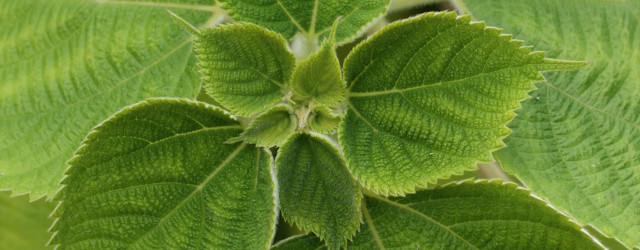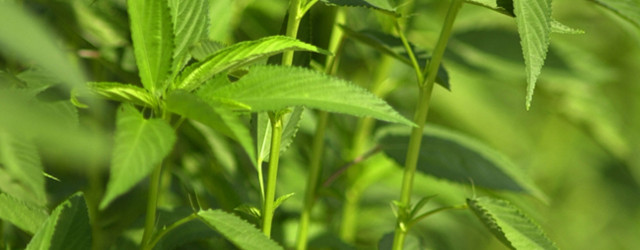Hanf
Hanf wird schon seit Jahrtausenden für die Herstellung von Seilen und Tauen genutzt. Die pflanzlichen Naturfasern sind für feinste Stoffen und für moderne Werk- und Kunststoffe vielseitig einsetzbar. Auf der Haut fühlt sich die robuste Hanffaser weich und kühl an, sie ist etwas schwerer als Baumwolle und nimmt Feuchtigkeit gut auf. Warum nachhaltig? Hanf hat robuste und langlebige Fasern, benötigt wenig Wasser sowie keine Pflanzenschutz- oder Insektenschutzmittel. Kleidung aus Hanf bietet UV-Schutz, ist biologisch abbaubar, hat eine hohe Qualität und eine gute Ökobilanz.
Hemp
Hemp has been used for thousands of years in the production of ropes and cords. The natural vegetable fibres can be used in many ways for the finest fabrics as well as for modern processing and synthetic materials. The robust hemp fibre feels soft and cool against the skin; it is somewhat heavier than cotton and absorbs moisture well. Why choose sustainable hemp? It provides strong, durable fibres and requires little water, pesticide or insecticide. Clothing made from hemp provides UV protection, is biologically degradable, of high quality and has a good environmental scorecard.


